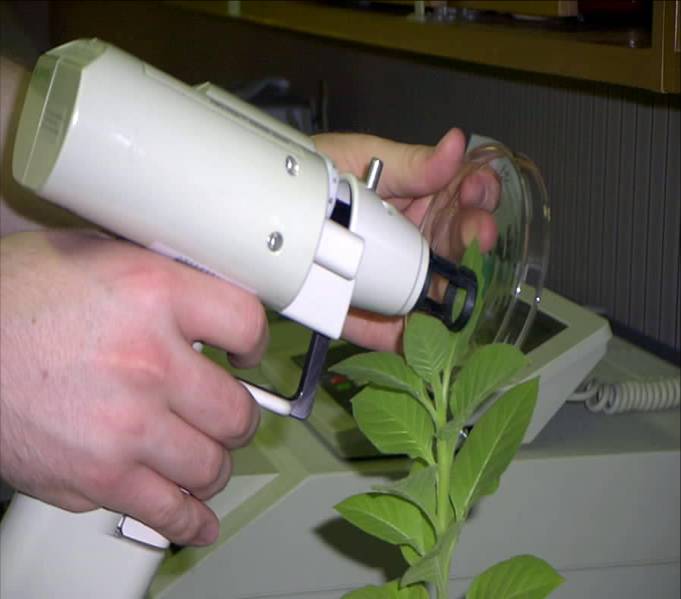In comparison to the
transfer of genes into animals, transferring genes into plant cells is quite
complex as the cells have a cell wall as well as a cell membrane. There are various
methods used to introduce DNA into a plant.
 |
| http://newscenter.lbl.gov/wp-content/uploads/plant-cell-wall-copy.jpg |
Firstly, bacteria
that normally infects plants, resulting in tumours, can be used as a vehicle for
transferring the genes. This bacteria is called Agrobacterium tumefaciens and is genetically altered to no longer possess a tumour-causing
gene. The DNA is then added to it and the bacteria can be safely inserted
into the plant; therefore the organism takes up the new gene.
 |
| http://bib2011genetik.wikispaces.com/file/view/Agrobacterium_tumefaciens.gif/212375160/Agrobacterium_tumefaciens.gif |
Another method used
to transfer genes into plants is called Electroporation. This involves the
removal of the plant cell wall, followed by short bursts of electric current
into the cell to create small pores. The new DNA can then move into the cell
through these pores. This method can only be used on plants that are not
natural hosts of Agrobacterium tumfactions (e.g. rice and corn plants).
 |
| http://gmcrops.yolasite.com/resources/IMG_electroporation.gif |
A third method
involves the insertion of the cloned DNA sections into the plant cell using
an extremely fine needle. Firstly however, the cell wall needs to be removed so
that the DNA can be delivered directly into the nucleus.
Using some of the
above methods however, is often quite unsuccessful as a plant cell is very
fragile without its cell wall. Therefore, there is a new technique in which,
the DNA is ‘shot’ through the cell wall via a particle gun. The bullets of this
particular gun are coated with DNA, made of metal, and are 2 micro metre wide. By
using a certain level of force, the bullet passes through the thick wall and
into the cell without compromising its structure. Once in the cell, the DNA
diffuses away from the bullet until it reaches the nucleus and is incorporated
into the original DNA of the plant.
 |
| http://users.comcen.com.au/~biodynamic/images/gene_gun1.jpg |
Eat Safe!
Dr Georga Leisemann (Feeding Your Family)




No comments:
Post a Comment